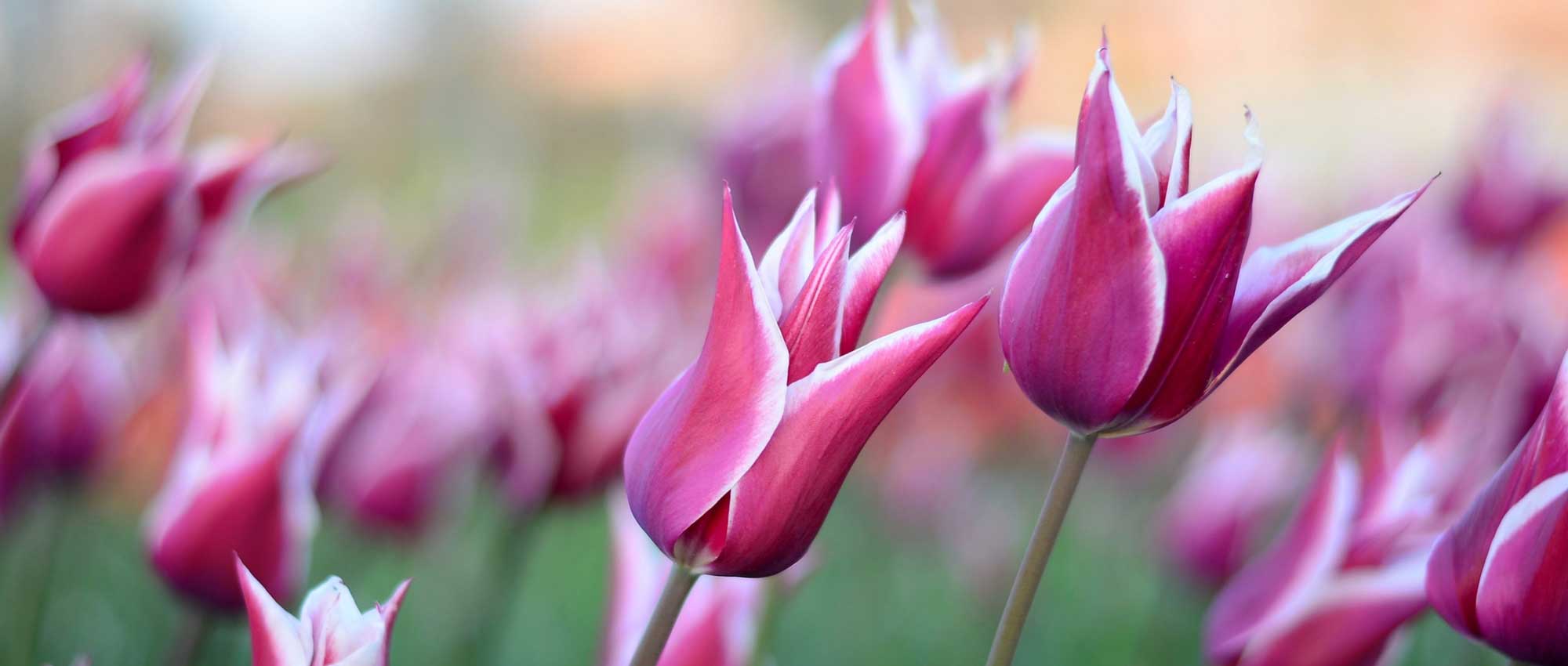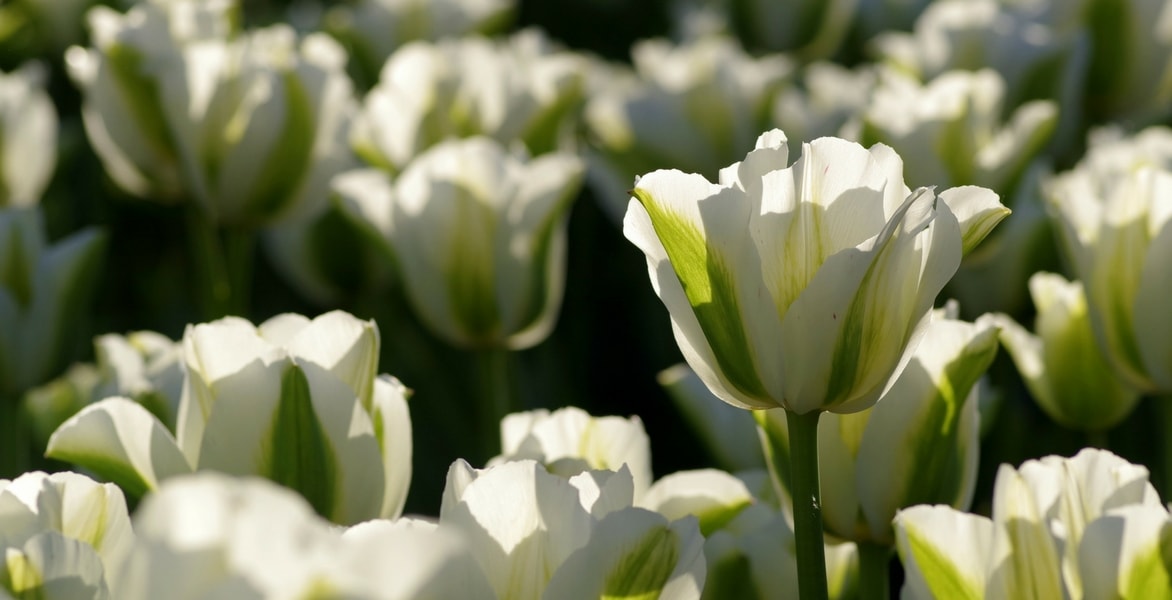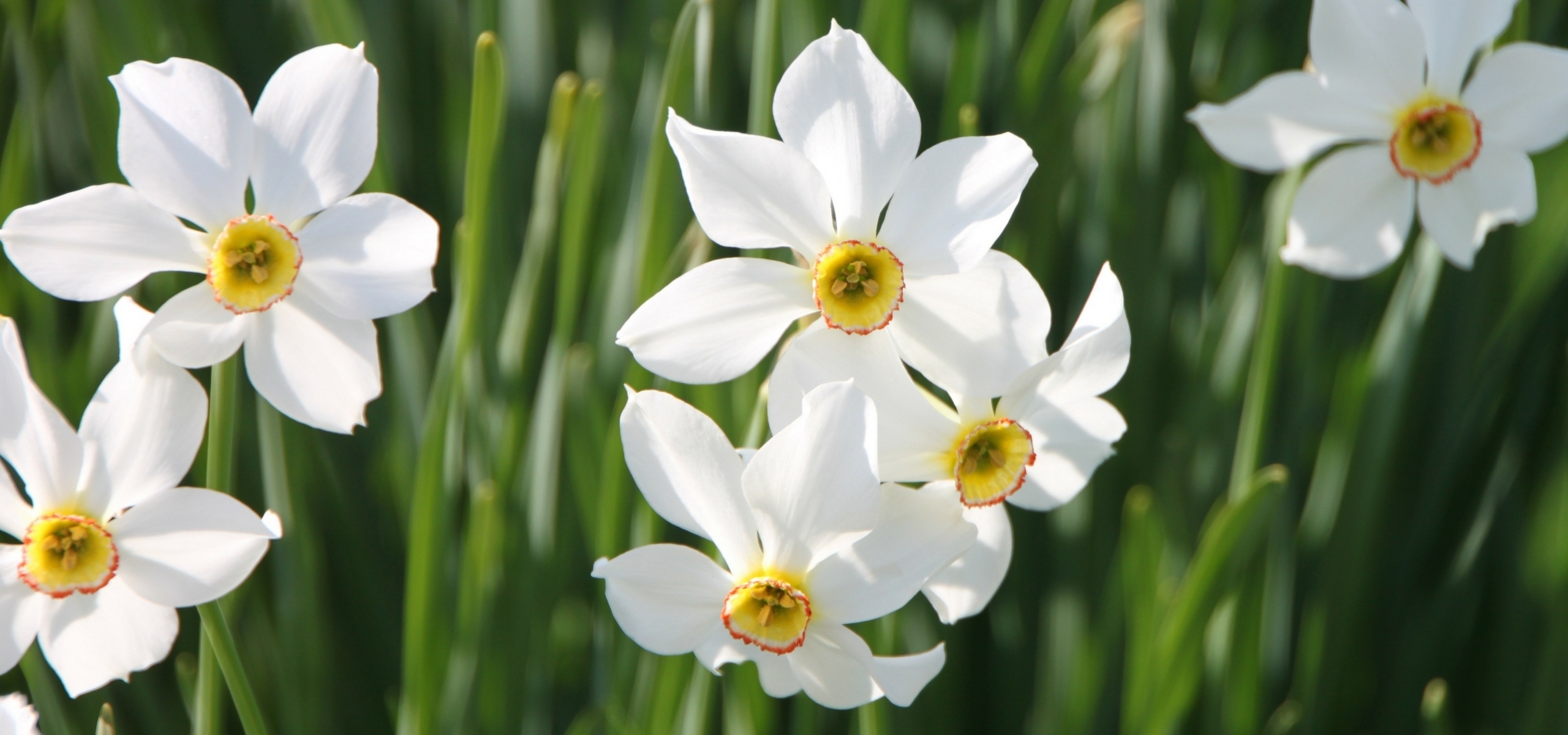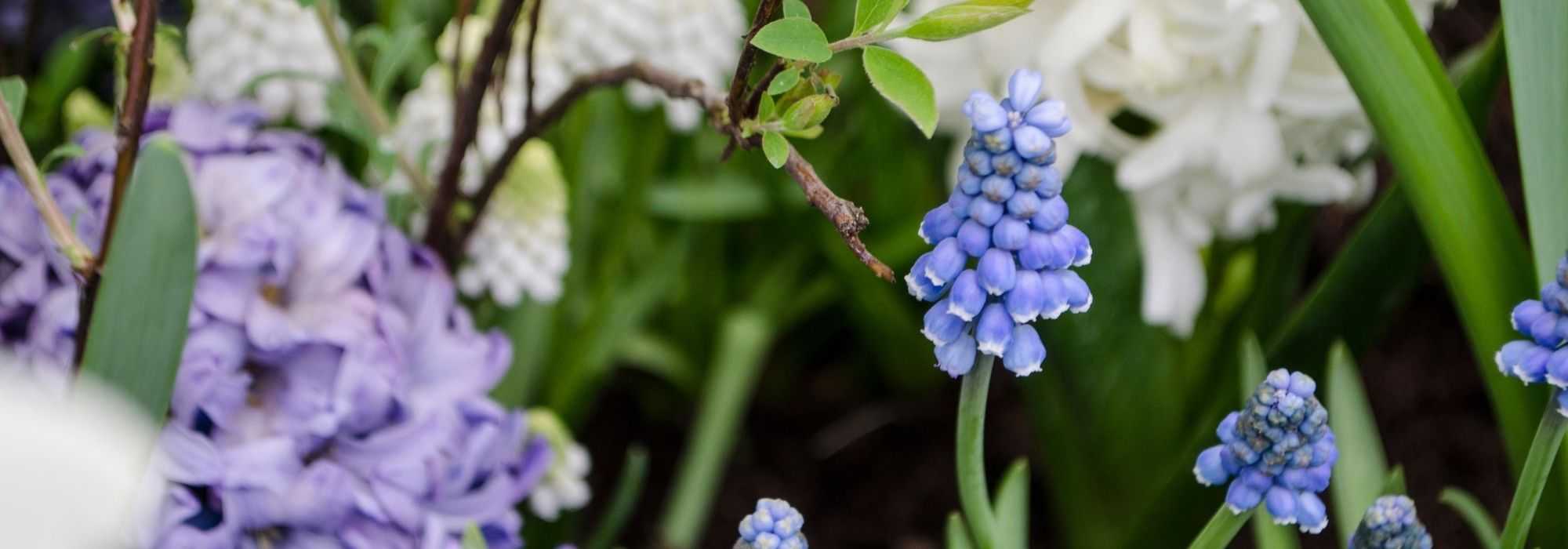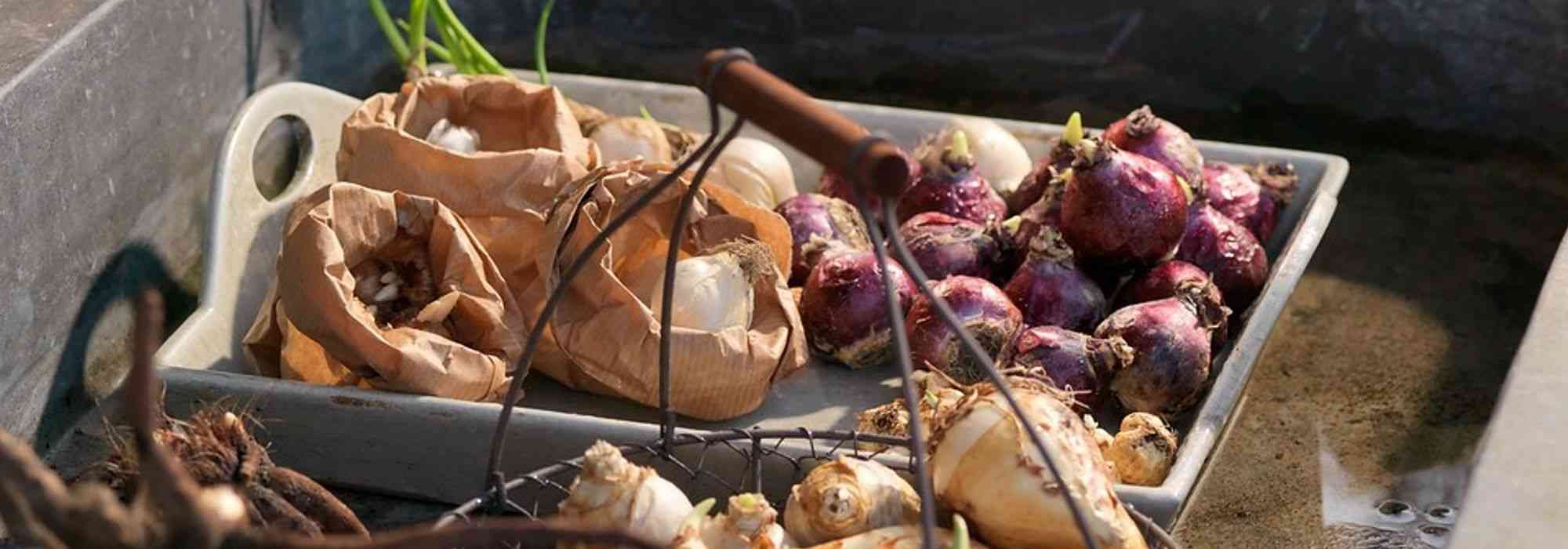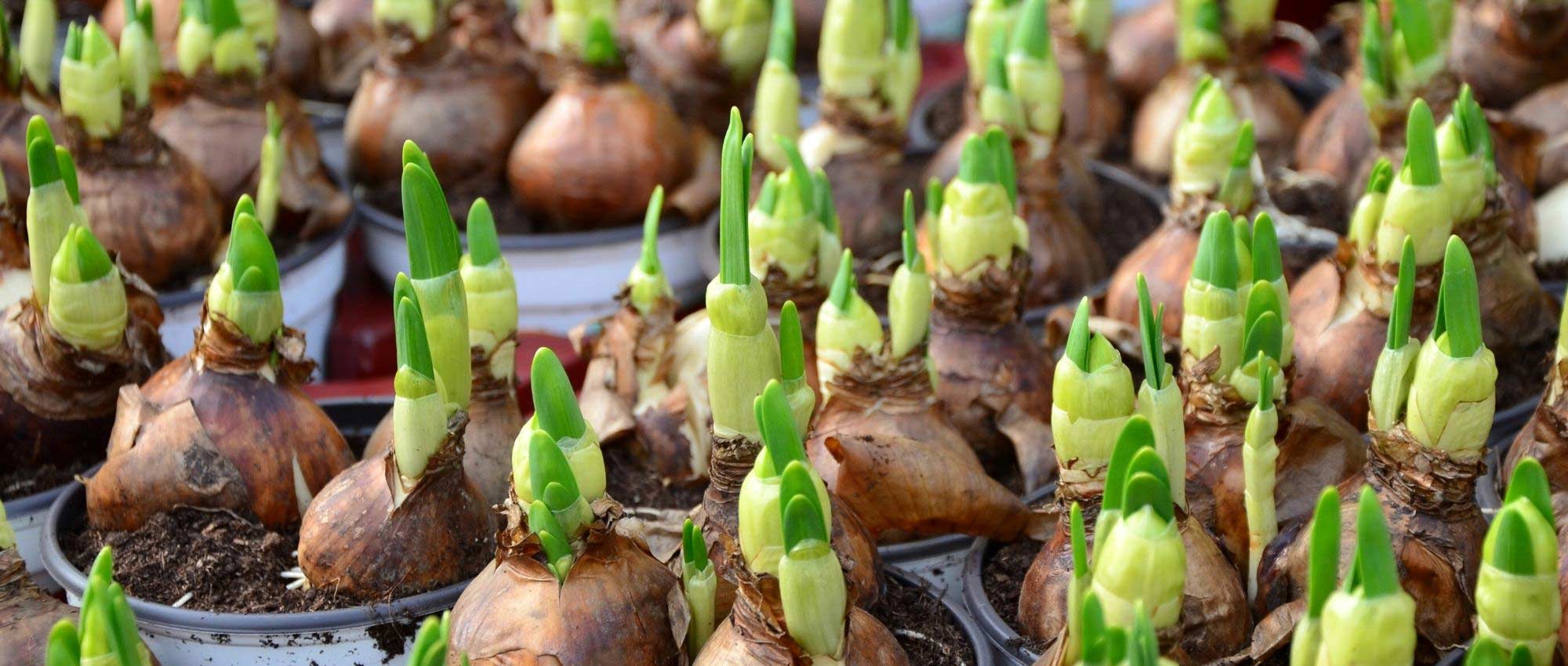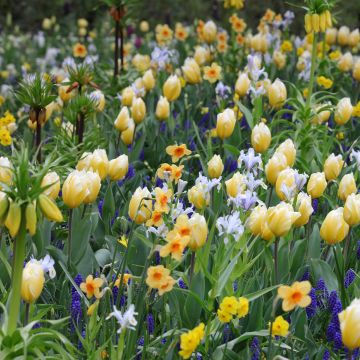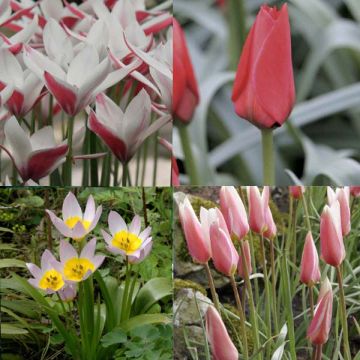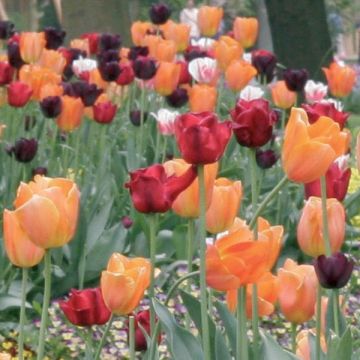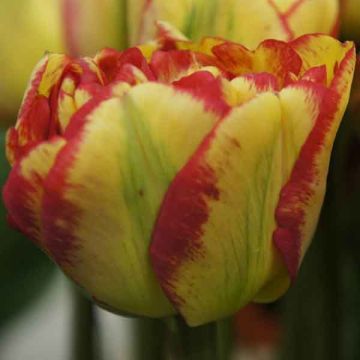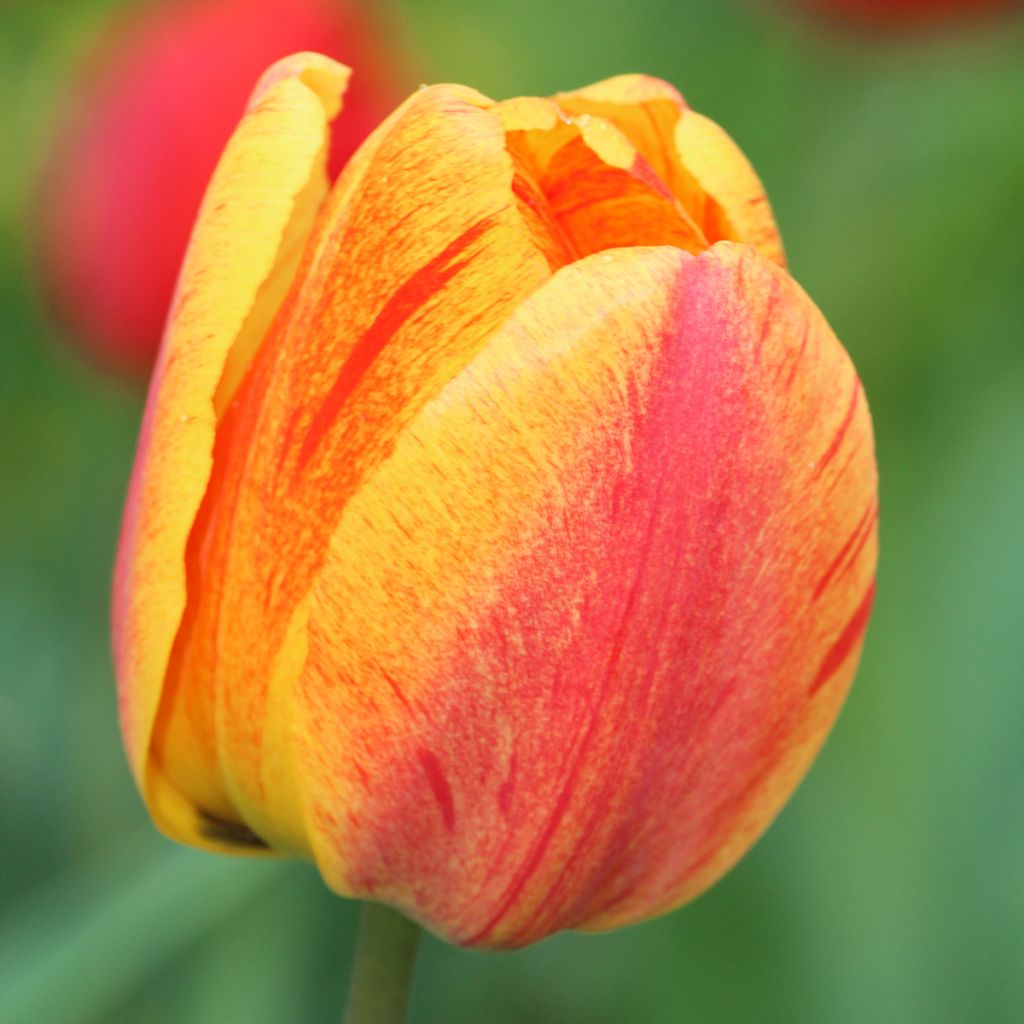

Tulipa Rhapsody of Smiles - Tulipe simple tardive
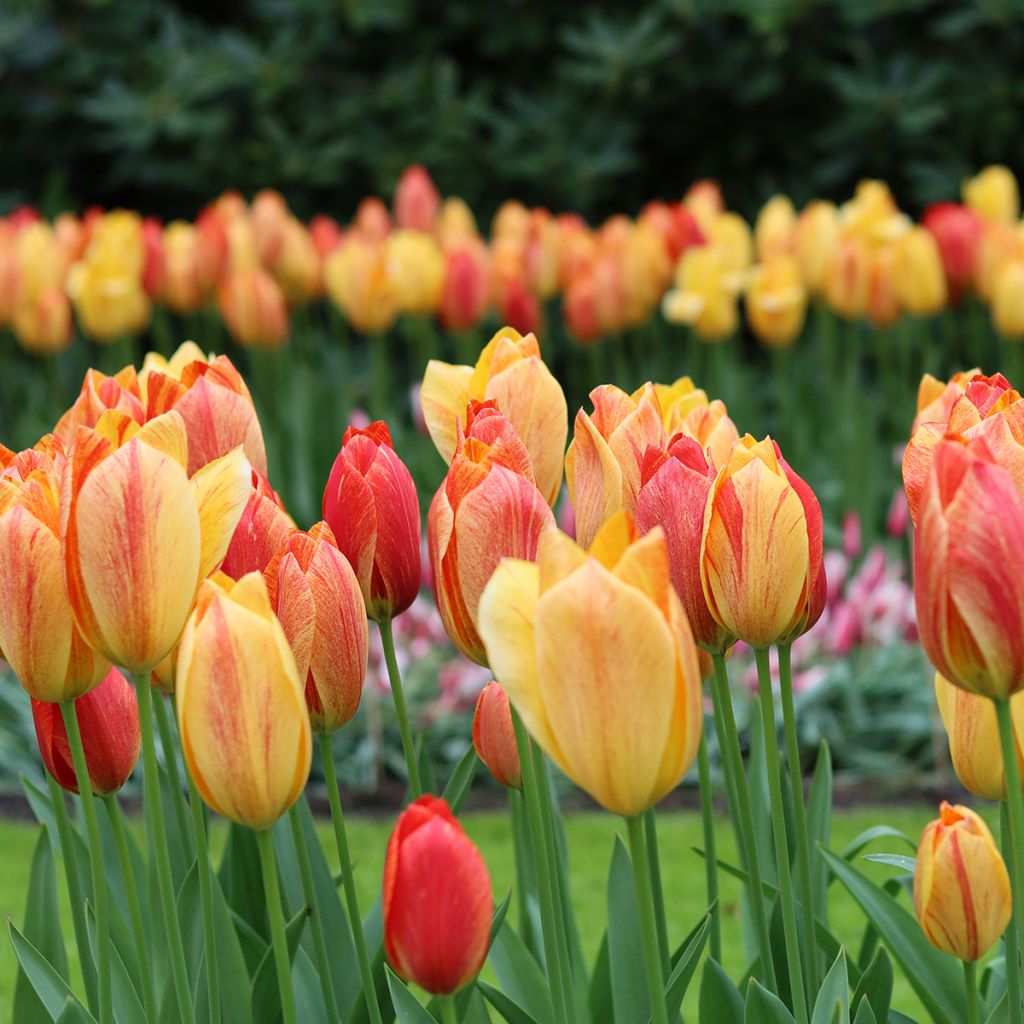

Tulipa Rhapsody of Smiles - Tulipe simple tardive
Tulipa Rhapsody of Smiles - Single late tulip
Tulipa Rhapsody of Smiles
Single late tulip
Special offer!
Receive a €20 voucher for any order over €90 (excluding delivery costs, credit notes, and plastic-free options)!
1- Add your favorite plants to your cart.
2- Once you have reached €90, confirm your order (you can even choose the delivery date!).
3- As soon as your order is shipped, you will receive an email containing your voucher code, valid for 3 months (90 days).
Your voucher is unique and can only be used once, for any order with a minimum value of €20, excluding delivery costs.
Can be combined with other current offers, non-divisible and non-refundable.
Home or relay delivery (depending on size and destination)
Schedule delivery date,
and select date in basket
This plant carries a 6 months recovery warranty
More information
We guarantee the quality of our plants for a full growing cycle, and will replace at our expense any plant that fails to recover under normal climatic and planting conditions.
Would this plant suit my garden?
Set up your Plantfit profile →
Description
The Single Late Tulip 'Rhapsody of Smiles' offers an elegant and tall habi, with large cup-shaped flowers blending golden yellow with red-orange flares. Robust and weather-resistant, it thrives in open ground or in pots thanks to its sturdy stem. Visually striking, it decorates the foreground of beds, borders, and vase arrangements. Remember to cut the faded flowers while allowing the foliage to yellow naturally to strengthen the following year's flowering.
Belonging to the Liliaceae family, the Tulip 'Rhapsody of Smiles' is a variety of Tulipa × gesneriana resulting from a specimen of the 'Big Smile' cultivar selected by W. van Lierop & Zonen in 2011 in the Netherlands. This cultivar is distinguished by its late flowering in May with large single, slightly fragrant, calyx-shaped flowers blending golden hues with red-orange flames. It has an erect habit on a sturdy stem typically measuring 40–55 cm, with rapid growth from spring, reaching its full dimensions within weeks after emergence. Not very prolific in offsets, this tulip multiplies mainly through bulbs. The open flowers measure about 7–8 cm in diameter, formed of six fleshy tepals. The foliage is deciduous, formed of 4 to 6 ovoid to lanceolate, 5–7 cm wide, bluish-green leaves with sometimes veined foliage. The green stem is cylindrical and glabrous. The root system is bulbous, with a large central bulb (11–12 cm in circumference) emitting superficial fasciculate roots.
The tulip 'Rhapsody of Smiles' reaches its full expression when planted in generous clumps. Its proud and colourful appearance makes it ideal for sunny settings, planted en masse under still bare trees or along the edges of structured beds. To enhance its brilliance, pair it with the silver foliage of Stachys or the nuanced blue of Muscari, whose texture subtly contrasts with its upright silhouette. It pairs wonderfully with the deep purple tones of the 'Black Hero' tulip, the slender white of 'White Triumphator', and the 'Ballerina', whose bright orange accentuates the visual contrast. In a pot on a sunny patio, it becomes a cheerful and refined landmrk, revealing its stature even in the smallest spaces.
Don't forget to consider the height and flowering period when designing your beds, as these parameters vary significantly from one cultivar to another. It is wise to plan for a few extra bulbs for cutting as tulips last a long time in a vase.
Tulipa Rhapsody of Smiles - Single late tulip in pictures


Plant habit
Flowering
Foliage
Botanical data
Tulipa
Rhapsody of Smiles
Liliaceae
Single late tulip
Tulipa Rhapsody of Smiles
Cultivar or hybrid
Planting and care
Plant the Rhapsody of Smiles Tulip bulbs in autumn, from September to December, at a depth of 15 cm, spacing them 10 cm apart. Planting should be done in ordinary, slightly acidic, neutral, or slightly calcareous, loose, well-worked, and well-drained soil. Never add poorly decomposed manure or compost to the planting soil as this may cause the bulbs to rot. The Triumph tulip will grow well in cool to dry soil. Place it in a good, sunny position or in light shade. After flowering, the foliage becomes faded and unsightly; we recommend planting heucheras, tiarellas, brunneras, bleeding hearts, or euphorbias in the foreground of your beds. Their foliage will enhance the colours of your tulips and, as the season progresses, they will elegantly conceal their yellowed leaves. Once flowering is over, it is best to remove the fruits to avoid exhausting the plant. Allow the leaves to dry completely before cutting them.
Planting period
Intended location
Care
Planting & care advice
This item has not been reviewed yet - be the first to leave a review about it.
Similar products
Haven't found what you were looking for?
Hardiness is the lowest winter temperature a plant can endure without suffering serious damage or even dying. However, hardiness is affected by location (a sheltered area, such as a patio), protection (winter cover) and soil type (hardiness is improved by well-drained soil).

Photo Sharing Terms & Conditions
In order to encourage gardeners to interact and share their experiences, Promesse de fleurs offers various media enabling content to be uploaded onto its Site - in particular via the ‘Photo sharing’ module.
The User agrees to refrain from:
- Posting any content that is illegal, prejudicial, insulting, racist, inciteful to hatred, revisionist, contrary to public decency, that infringes on privacy or on the privacy rights of third parties, in particular the publicity rights of persons and goods, intellectual property rights, or the right to privacy.
- Submitting content on behalf of a third party;
- Impersonate the identity of a third party and/or publish any personal information about a third party;
In general, the User undertakes to refrain from any unethical behaviour.
All Content (in particular text, comments, files, images, photos, videos, creative works, etc.), which may be subject to property or intellectual property rights, image or other private rights, shall remain the property of the User, subject to the limited rights granted by the terms of the licence granted by Promesse de fleurs as stated below. Users are at liberty to publish or not to publish such Content on the Site, notably via the ‘Photo Sharing’ facility, and accept that this Content shall be made public and freely accessible, notably on the Internet.
Users further acknowledge, undertake to have ,and guarantee that they hold all necessary rights and permissions to publish such material on the Site, in particular with regard to the legislation in force pertaining to any privacy, property, intellectual property, image, or contractual rights, or rights of any other nature. By publishing such Content on the Site, Users acknowledge accepting full liability as publishers of the Content within the meaning of the law, and grant Promesse de fleurs, free of charge, an inclusive, worldwide licence for the said Content for the entire duration of its publication, including all reproduction, representation, up/downloading, displaying, performing, transmission, and storage rights.
Users also grant permission for their name to be linked to the Content and accept that this link may not always be made available.
By engaging in posting material, Users consent to their Content becoming automatically accessible on the Internet, in particular on other sites and/or blogs and/or web pages of the Promesse de fleurs site, including in particular social pages and the Promesse de fleurs catalogue.
Users may secure the removal of entrusted content free of charge by issuing a simple request via our contact form.
The flowering period indicated on our website applies to countries and regions located in USDA zone 8 (France, the United Kingdom, Ireland, the Netherlands, etc.)
It will vary according to where you live:
- In zones 9 to 10 (Italy, Spain, Greece, etc.), flowering will occur about 2 to 4 weeks earlier.
- In zones 6 to 7 (Germany, Poland, Slovenia, and lower mountainous regions), flowering will be delayed by 2 to 3 weeks.
- In zone 5 (Central Europe, Scandinavia), blooming will be delayed by 3 to 5 weeks.
In temperate climates, pruning of spring-flowering shrubs (forsythia, spireas, etc.) should be done just after flowering.
Pruning of summer-flowering shrubs (Indian Lilac, Perovskia, etc.) can be done in winter or spring.
In cold regions as well as with frost-sensitive plants, avoid pruning too early when severe frosts may still occur.
The planting period indicated on our website applies to countries and regions located in USDA zone 8 (France, United Kingdom, Ireland, Netherlands).
It will vary according to where you live:
- In Mediterranean zones (Marseille, Madrid, Milan, etc.), autumn and winter are the best planting periods.
- In continental zones (Strasbourg, Munich, Vienna, etc.), delay planting by 2 to 3 weeks in spring and bring it forward by 2 to 4 weeks in autumn.
- In mountainous regions (the Alps, Pyrenees, Carpathians, etc.), it is best to plant in late spring (May-June) or late summer (August-September).
The harvesting period indicated on our website applies to countries and regions in USDA zone 8 (France, England, Ireland, the Netherlands).
In colder areas (Scandinavia, Poland, Austria...) fruit and vegetable harvests are likely to be delayed by 3-4 weeks.
In warmer areas (Italy, Spain, Greece, etc.), harvesting will probably take place earlier, depending on weather conditions.
The sowing periods indicated on our website apply to countries and regions within USDA Zone 8 (France, UK, Ireland, Netherlands).
In colder areas (Scandinavia, Poland, Austria...), delay any outdoor sowing by 3-4 weeks, or sow under glass.
In warmer climes (Italy, Spain, Greece, etc.), bring outdoor sowing forward by a few weeks.


































